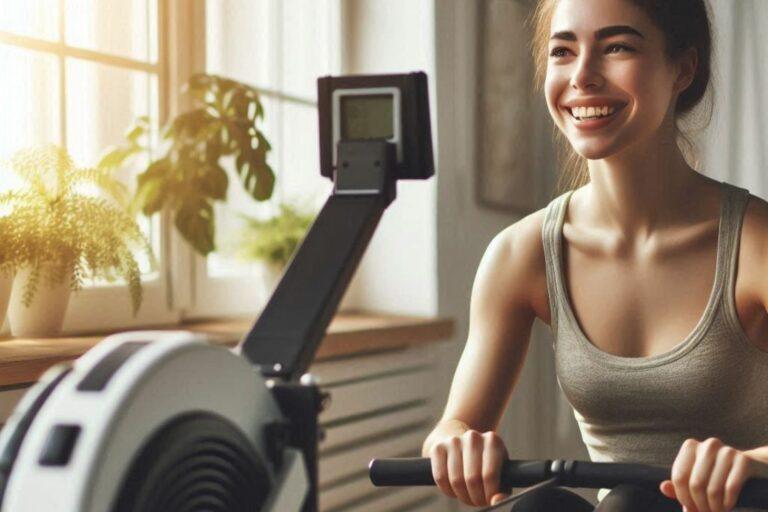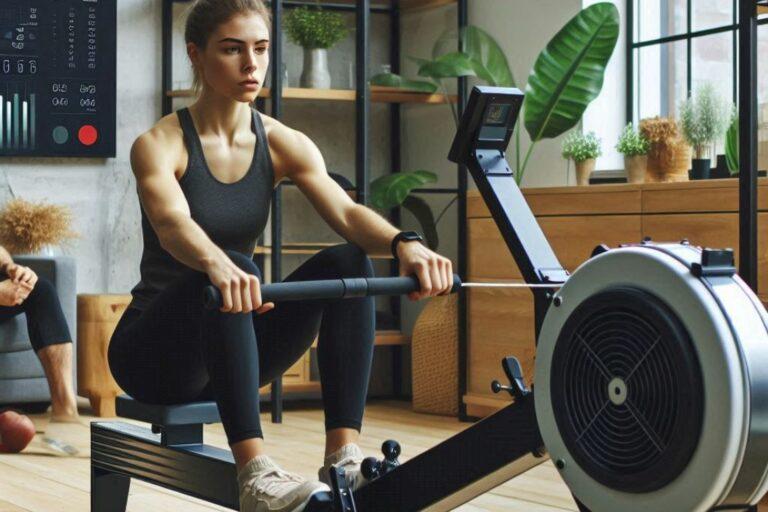Are you experiencing back pain after your rowing workouts?
Back pain is a common complaint among rowers, but it doesn’t have to be a barrier to your fitness goals.
In this comprehensive guide, we will explore the causes of rowing machine back pain and provide practical solutions to help you prevent and alleviate discomfort.
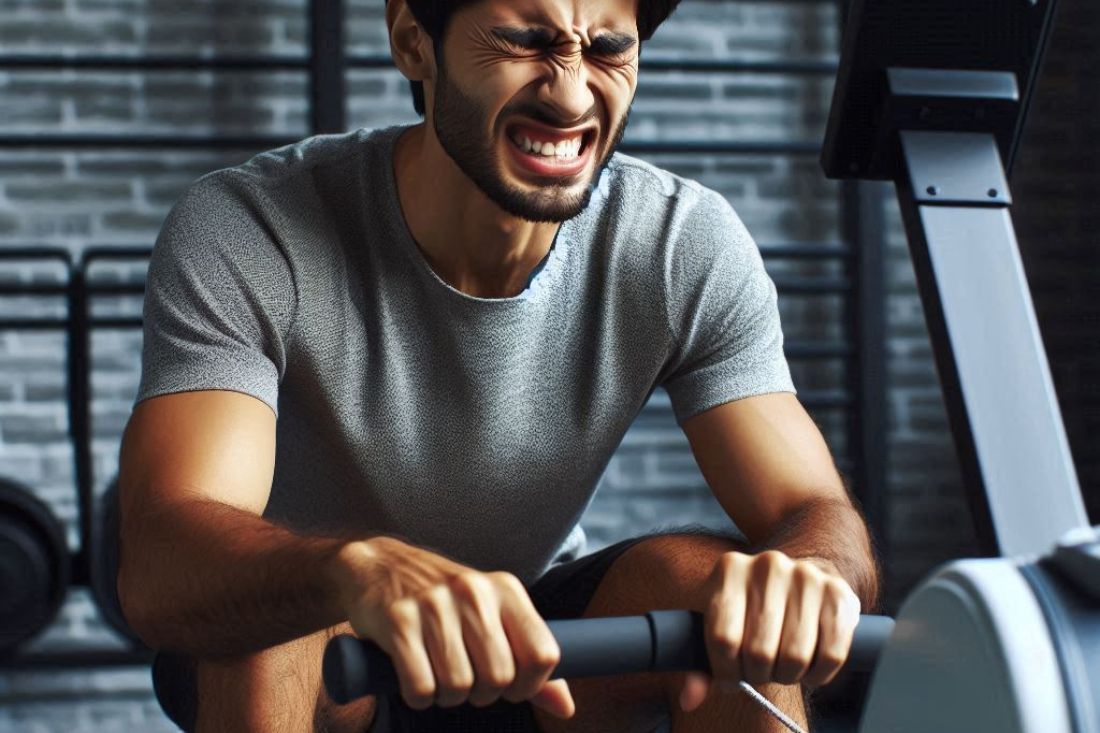
By understanding the root causes of back pain and implementing effective strategies, you can continue to enjoy the benefits of rowing without compromising your overall health and well-being.
Let’s dive in and discover how to achieve a pain-free rowing experience.
Common Causes of Rowing Machine Back Pain
Back pain can be a frustrating and limiting experience for rowers.
Understanding the common causes can help you take steps to prevent and address this issue.
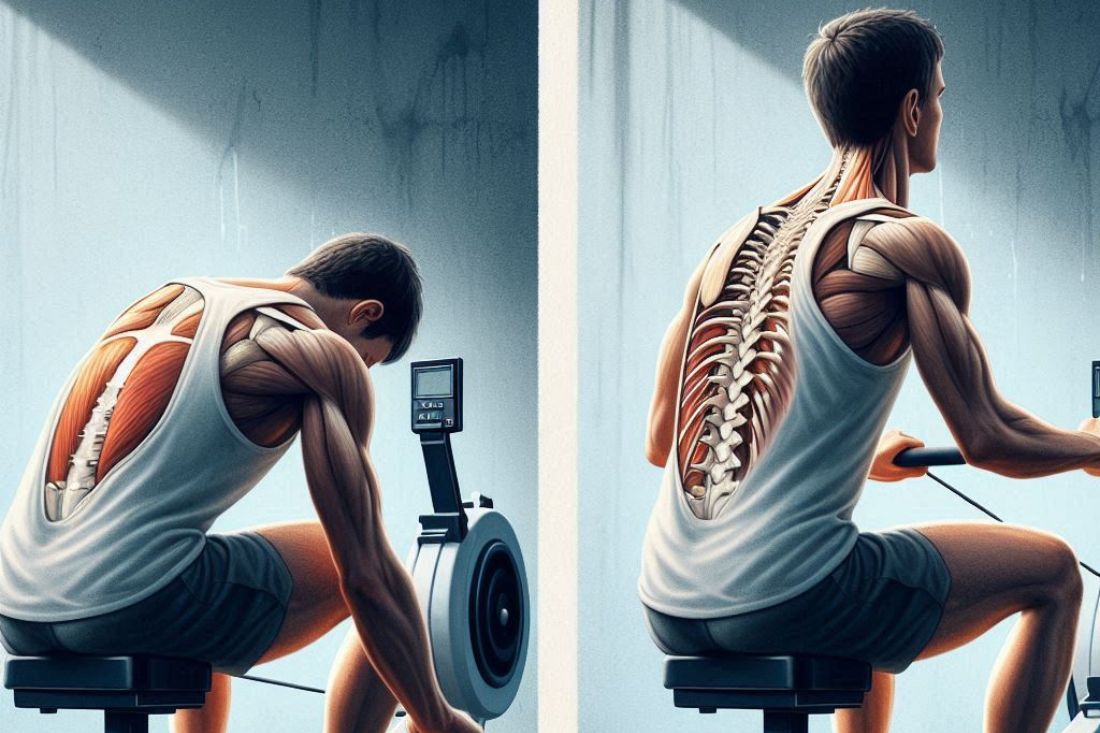
Improper Posture
- Hunching over: Maintaining a rounded back can put strain on your spine.
- Leaning forward excessively: Overextending your back can lead to discomfort.
- Incorrect handle grip: A poor grip can contribute to improper posture.
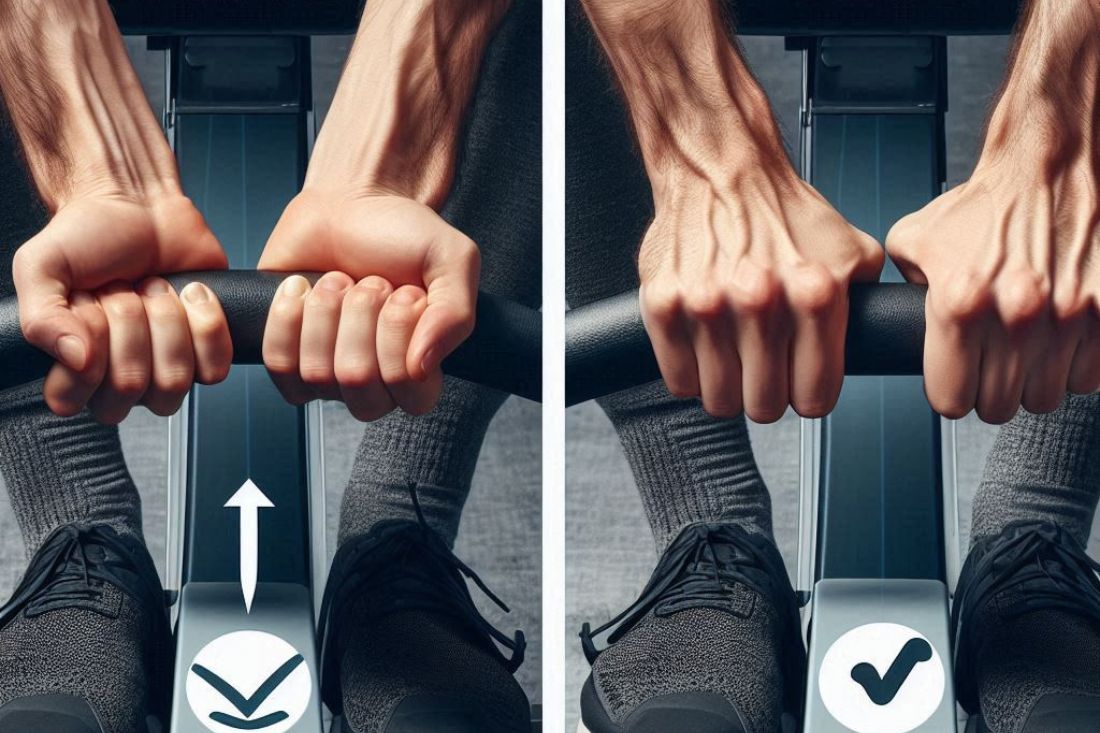
Overuse
- Excessive rowing: Overtraining can lead to muscle fatigue and strain.
- Incorrect form: Poor technique can put stress on your back.
Weak Core Muscles
- Inadequate core strength: A weak core can contribute to back pain by failing to provide proper support.
Equipment Issues
- Seat adjustment: An improperly adjusted seat can cause misalignment and strain.
- Resistance settings: Excessive resistance can put undue stress on your back.
By identifying the potential causes of your back pain, you can take steps to address the underlying issues and prevent future discomfort.
Comparison Table: Rowing Machine Types and Back Pain
| Rowing Machine Type | Potential for Back Pain | Pros | Cons |
|---|---|---|---|
| Air Resistance | Low | Quiet, smooth operation | May require more effort |
| Water Resistance | Moderate | Realistic rowing experience | Can be noisier, may require more maintenance |
| Magnetic Resistance | Low | Adjustable resistance, quiet | May not provide the same natural feel as air or water resistance |
Note: While air resistance machines are generally considered to be the most back-friendly option, individual experiences may vary. It’s important to choose a rowing machine that is comfortable and allows you to maintain proper form.
Preventing Back Pain
To prevent rowing machine back pain, focus on these key areas:
Proper Rowing Technique

- Maintain a straight back: Avoid hunching or rounding your back.
- Engage your core: Use your core muscles to stabilize your spine.
- Proper handle grip: Ensure a firm and balanced grip on the handles.
Gradual Progression
- Start slowly: Begin with shorter workouts and gradually increase intensity and duration.
- Listen to your body: Pay attention to any signs of discomfort or pain.
Core Strengthening Exercises

- Incorporate core exercises: Strengthen your core muscles to provide support for your back.
- Plank: Hold a plank position for as long as possible.
- Crunches: Perform crunches to target your abdominal muscles.
Regular Maintenance
- Check equipment: Ensure your rowing machine is properly adjusted and in good condition.
- Lubricate moving parts: Keep your machine well-lubricated to reduce friction.
- Maintain proper posture: Practice good posture throughout your workout.
By addressing these areas, you can significantly reduce your risk of developing rowing machine back pain.
Addressing Back Pain
If you’re experiencing back pain, it’s important to take steps to address the discomfort and prevent further injury.
Rest and Recovery
- Take a break: Allow your back time to rest and recover.
- Ice or heat: Apply ice or heat to reduce pain and inflammation.
Stretching and Mobility Exercises
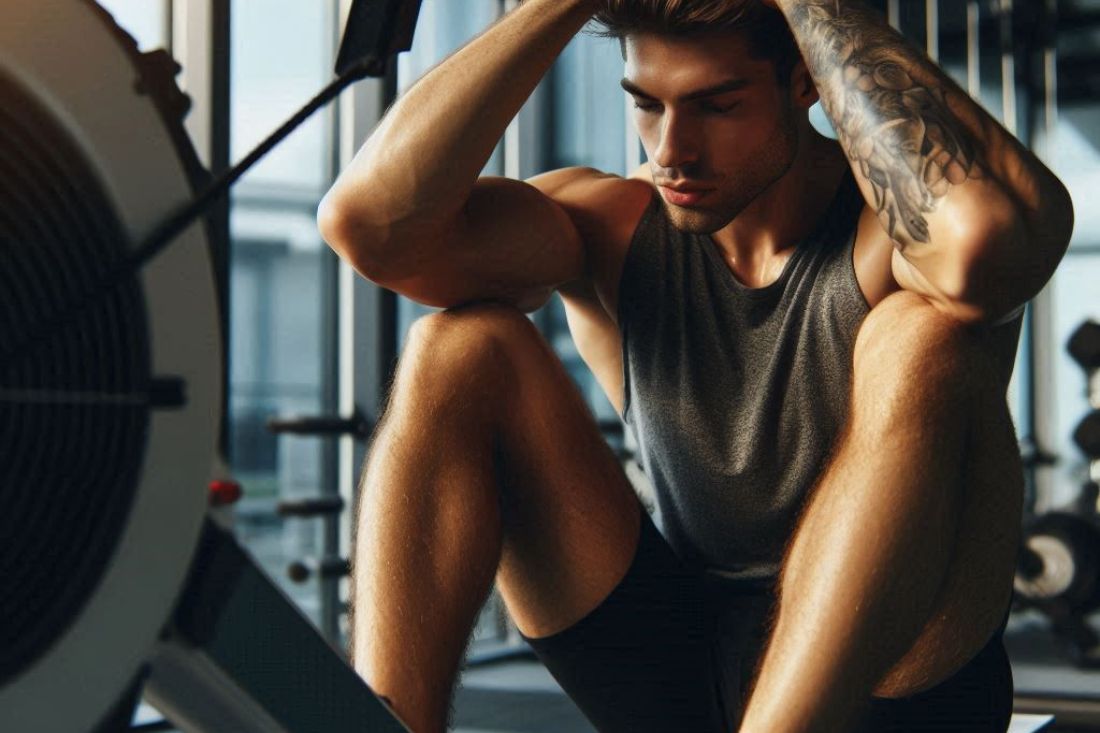
- Gentle stretching: Perform gentle stretches to improve flexibility and reduce muscle tension.
- Mobility exercises: Incorporate mobility exercises to improve joint range of motion.
Consult a Healthcare Professional
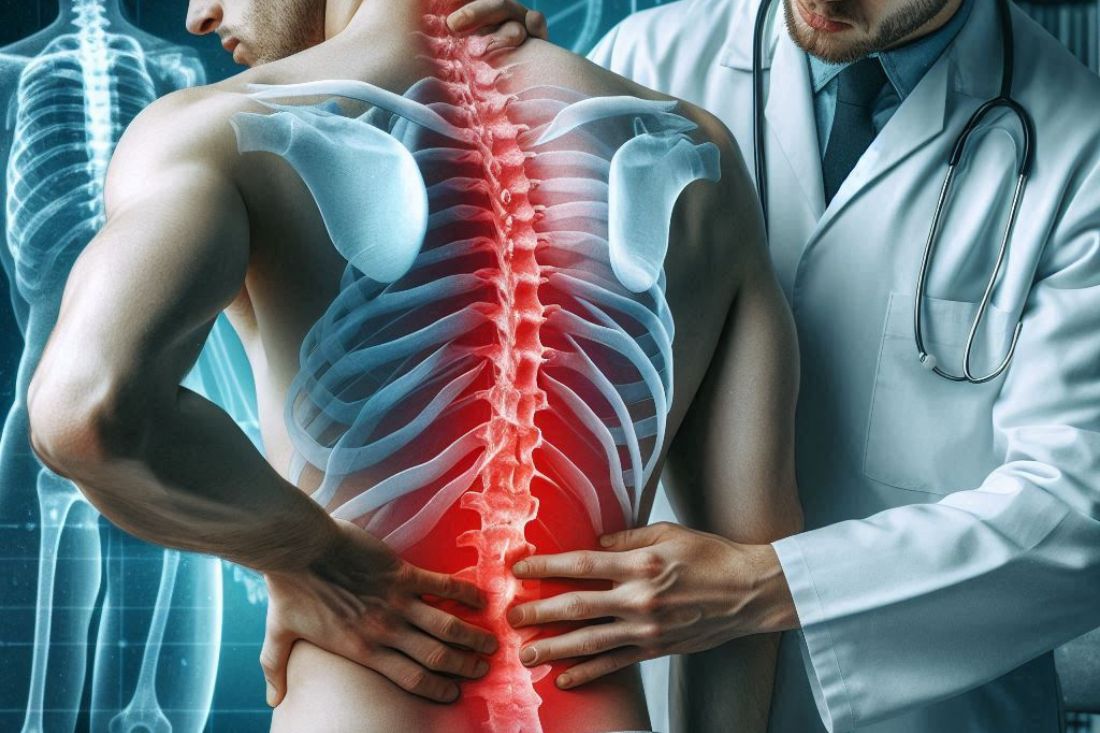
- Seek advice: If back pain persists or worsens, consult a doctor or physical therapist.
- Professional guidance: A healthcare professional can provide a proper diagnosis and recommend appropriate treatment.
By following these steps, you can effectively manage back pain and return to your rowing workouts.
Tips for Proper Rowing Technique
Proper rowing technique is essential for preventing back pain and maximizing the benefits of your workouts. Here are some key tips:
Maintain a Straight Back
- Avoid rounding your back: Maintain a straight back throughout the rowing stroke.
- Engage your core: Use your core muscles to stabilize your spine and prevent excessive movement.
Engage Your Core Muscles
- Strengthen your core: Incorporate core exercises into your workout routine to improve stability.
- Engage your core during rowing: Actively engage your core muscles throughout the stroke.
Avoid Hunching Over
- Maintain proper posture: Keep your shoulders relaxed and avoid slouching forward.
- Focus on a strong finish: Ensure your back is fully extended at the finish of the stroke.
By following these tips, you can improve your rowing technique and reduce your risk of back pain.
FAQs: Rowing Machine Back Pain
Here are some frequently asked questions about rowing machine back pain and prevention:
- How can I prevent back pain when using a rowing machine?
- Maintain proper posture, engage your core muscles, and avoid excessive force. Gradually increase the intensity of your workouts and listen to your body.
- What are the signs of rowing machine-related back pain?
- Common symptoms include pain in the lower back, mid-back, or neck. You may also experience stiffness, muscle soreness, or limited range of motion.
- Should I stop rowing if I experience back pain?
- If you experience persistent or severe back pain, it’s advisable to consult a healthcare professional. However, you may be able to continue rowing with modifications to your technique or workout routine.
- Can strengthening my core muscles help prevent back pain?
- Yes, a strong core provides support for your back and can help prevent pain. Incorporate core exercises into your workout routine.
- How often should I take breaks from rowing to avoid back pain?
- Listen to your body and take breaks as needed. If you experience pain or discomfort, rest for a short period before resuming your workout.
By addressing these common questions, you can provide valuable information to your readers and establish your blog as a trusted resource.
Case Studies: Overcoming Rowing Machine Back Pain

Here are a few real-life stories of individuals who experienced rowing machine back pain and successfully addressed it:
Case Study 1
Sarah had been experiencing chronic back pain after her rowing workouts. After consulting a physical therapist, she discovered that her improper posture was the root cause of the pain. By focusing on maintaining a straight back and engaging her core muscles, Sarah was able to significantly reduce her back pain and enjoy her rowing sessions without discomfort.
Case Study 2
David struggled with back pain due to overuse. He realized he was pushing himself too hard and needed to take more rest days. By incorporating rest and recovery into his routine, David was able to alleviate his back pain and continue rowing without issues.
Case Study 3
Emily had been experiencing back pain for several months and was considering giving up rowing. After consulting a healthcare professional, she was diagnosed with a muscle strain. By following a prescribed rehabilitation program, including stretching, strengthening exercises, and rest, Emily was able to recover and return to rowing pain-free.
These case studies demonstrate that with the right strategies, it’s possible to overcome rowing machine back pain and continue enjoying the benefits of this effective workout.
Conclusion
By understanding the common causes of rowing machine back pain and implementing effective prevention strategies, you can significantly reduce your risk of experiencing discomfort and continue to enjoy the benefits of rowing.
Key Takeaways
- Proper technique: Maintain good posture, engage your core muscles, and avoid excessive force.
- Gradual progression: Start slowly and gradually increase the intensity of your workouts.
- Core strengthening: Incorporate core exercises to provide support for your back.
- Regular maintenance: Keep your rowing machine well-maintained to prevent equipment-related issues.
- Listen to your body: Pay attention to any signs of discomfort and take breaks as needed.
- Seek professional help: If you experience persistent back pain, consult a healthcare professional.
By following these guidelines, you can enjoy a pain-free and rewarding rowing experience.
Ready to start preventing back pain and rowing comfortably?
Explore our additional resources for more information on rowing techniques, exercises, and maintenance tips.
Credible Citations
The relationship between rowing-related low back pain and rowing biomechanics: a systematic review. National Institutes of Health (NIH)(.gov)
A qualitative study exploring rowers’ understanding of low back pain. Journal of Science and Medicine in Sport
An ergometer based study of the role of the upper limbs in the female rowing stroke. Procedia Engineering, 2010 – Elsevier
Related Posts

